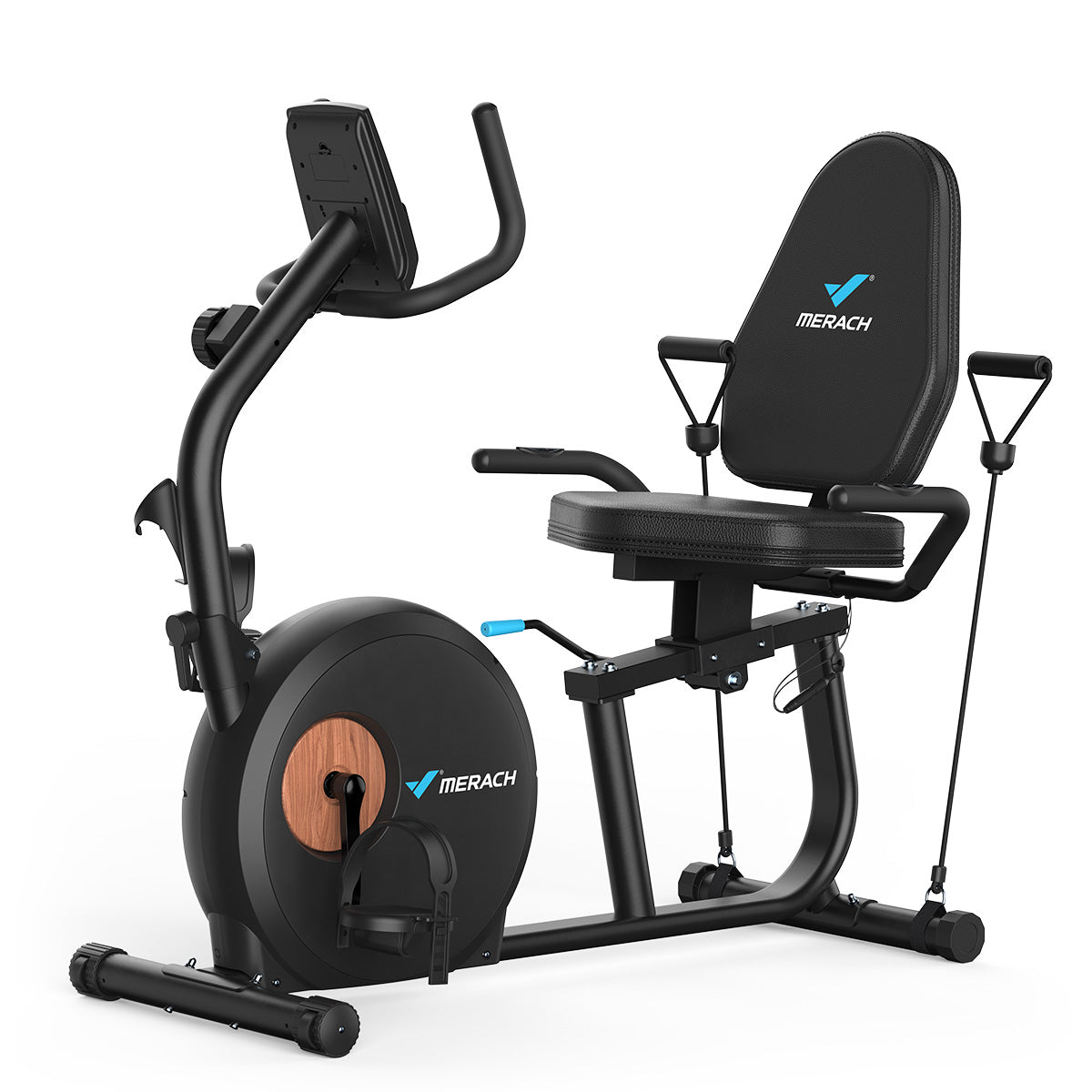How To Build The Perfect Meal

Portion control is in the palm of your hand
Hand Guide To Portion Control
Knowing what to eat is only half the battle when it comes to healthy nutrition…you also have to know how much to eat. Over time, food and drink portions have increased in size. And the more food we’re served on the plate, the more food we consume, which leads to overeating.
With this awareness, and by having a guide to manage portion sizes, we can eat foods in a healthy, balanced way; building a better relationship around what we put into our body.
A simple, effective and proven method is the Hand Portion Method. The idea is that you’re not measuring or weighing your food using technology, but rather using your own hand to gauge the size of the portion. Your hands are proportional to your body, and they go where you go. This makes them the perfect tool to quickly, and easily gage your portion size, even when you’re eating out.
This method is for anyone who struggles with the idea of using food tracking apps and meal logs. It’s the perfect way to build any meal, with a habit-centric approach. To get started, try each step below.
Step 1: Start With Protein
Why is it the base of our meal?
Protein has risen to the forefront as the most important nutrient, not just for muscle building, but for support, transport of nutrients, as an enzyme, and many more!
In the western diet, it is very common for carbohydrates to make up the foundation of a meal.
Unfortunately, these carbohydrates are often highly refined and have a high glycemic index, which will leave us hungrier two hours later.

How do I apply this step?
Raise your hand in front of your face. This will be your new portion measure. Here, we will apply a method pioneered by Precision Nutrition. For protein, one serving can be measured as one to two palm-sizes of meat, fish, dairy or plant based source of protein.
Here are some examples:
•Chicken breast
•Turkey mince
•Lean beef
•Beef jerky
•Salmon
•Low-fat dairy yogurt
•Protein bar
•Scoop of whey protein
Step 2: Fill Half The Plate With Fruit Or Veg
Why?
We have all heard that fruit and vegetables should be the foundation of a healthy diet. But do we really know why? In short, they provide essential micronutrients (e.g. vitamins and minerals), antioxidants and fiber needed for:
•Energy production
•Immune function
•Control of inflammation
•Healthy digestive system
•Overall health

What are some examples of fruit and veg portions?
•1-2 handfuls of spinach in stir fry
•Mixed garden vegetables
•Chopped peppers/carrots and hummus
•Mixed fruit salad
•Roasted sweet potato fries
Step 3: Fill The Remainder Of The Plate With Carbs
Why does this step come last?
Carbohydrates are NOT BAD when portion control is implemented. However, it often comes as a surprise to see one true serving size of rice, pasta or bread. It is a lot smaller than one would think. That is why we recommend filling the plate up and adding the carb last!

What are some good sources of carbohydrate?
As a great rule of thumb, you should always try to prioritize wholegrain or “brown” carbohydrate sources such as:
•Brown rice & pasta
•Quinoa
•Bulgur wheat
•Oats
•Wholegrain cereal
•Whole meal bread
•Legumes
•Lentils
•Potatoes & sweet potato
Step 4: Add A Source Of Healthy Fats
Why should we include fat, I thought it was bad?
When we say healthy fats, we simply mean unsaturated fats, versus saturated. Dietary fat is not only perfectly OK to consume, but is essential. We need fatty acids for several crucial functions including the absorption of vitamins, production of hormones and cell protection.

How do I apply this step?
Raise your hand in front of your face again. Stick out your thumb. Depending on your size, try and incorporate 1-2 thumb sizes of fat into your meal.
•Cold-pressed, virgin olive oil (for cooking)
•Rapeseed oil (for cooking)
•Coconut oil (saturated fat, but still good)
•Small handful of nuts (1-2 thumbs)
•Seeds (flax, chia, etc.)
•Avocado oil (for cooking)
•Salmon
•Avocado
Ready to find food freedom, lose the weight for good and stop stressing about the numbers on the scale
Click here





